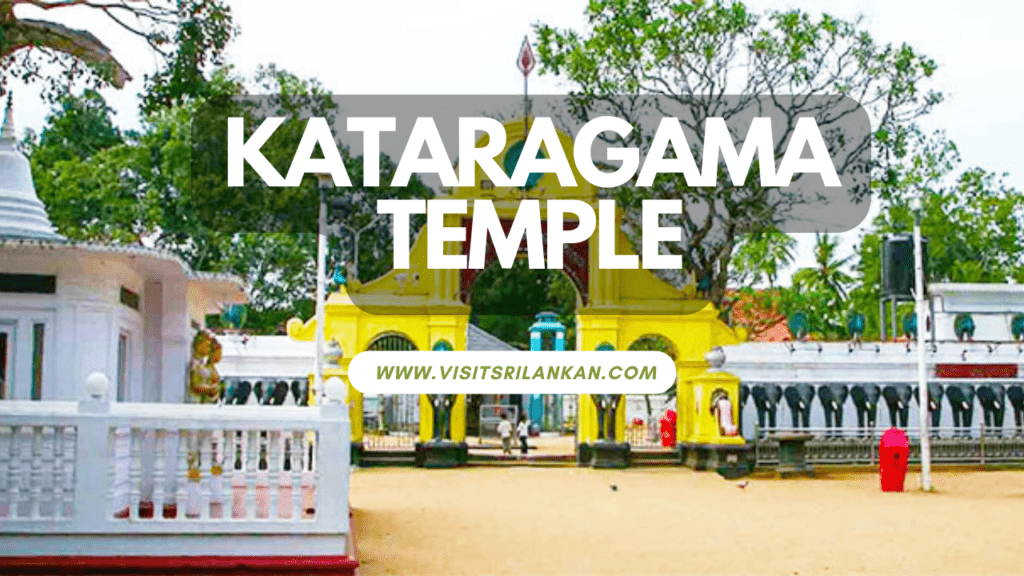Kataragama Temple – The Famous Pilgrimage Town in Sri Lanka
The Kataragama Temple, nestled in the heart of Sri Lanka, stands as a captivating testament to the island’s rich cultural tapestry and spiritual heritage. This sacred sanctuary, steeped in centuries of history, beckons pilgrims and curious travelers alike to delve into its mystical aura and unravel the secrets it holds. Let’s embark on a journey to discover the enchanting allure of the Kataragama Temple and the spiritual significance it carries.
After visiting the sacred Kataragama Temple, travelers can explore the nearby Kirivehera, a revered Buddhist stupa; the tranquil Sella Kataragama, dedicated to Lord Ganesha; the scenic Vedahiti Kanda, believed to be the abode of the deity; the sacred Menik Ganga, where devotees perform rituals; or embark on a safari in Yala National Park, known for its diverse wildlife.”

Introduction – Kataragama Temple
Nestled within the verdant landscapes of Sri Lanka, the Kataragama Temple stands as a testament to the island’s vibrant spiritual mosaic. This article takes you on a captivating journey through the temple’s historical origins, intricate architecture, diverse religious practices, and its role as a focal point of cultural significance.
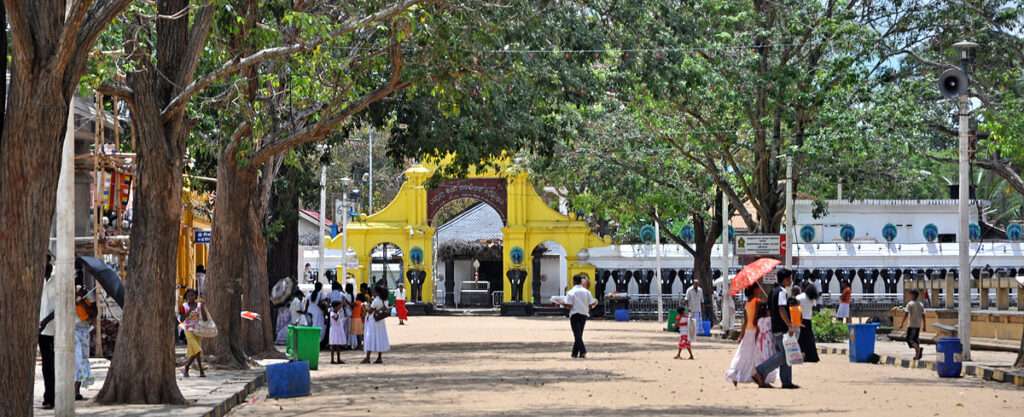
Historical Origins of Kataragama Temple
The roots of Kataragama Temple can be traced back to ancient times, where it emerged as a sacred place of worship for multiple faiths, including Buddhism, Hinduism, and indigenous beliefs. The amalgamation of these diverse traditions has given rise to a unique and harmonious spiritual sanctuary.
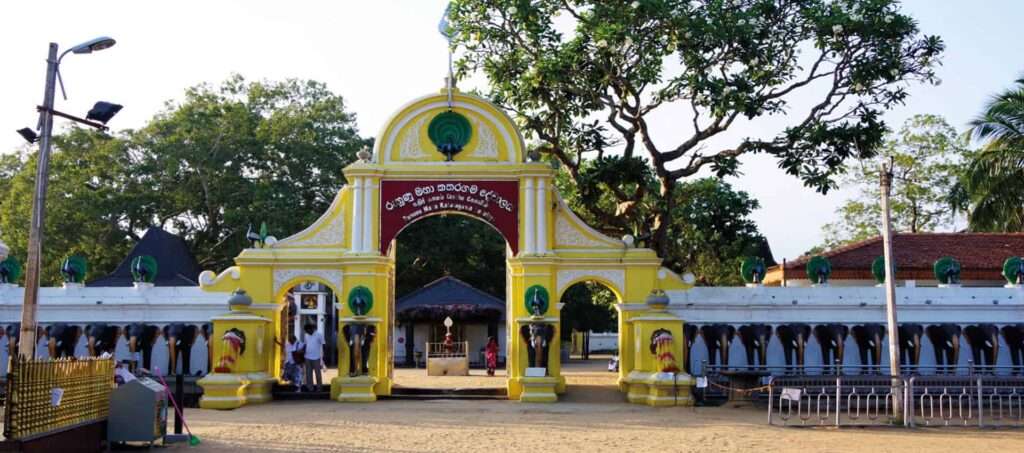
Architectural Marvels: A Glimpse into the Temple’s Design
The temple’s architecture is a breathtaking fusion of intricate carvings, vibrant paintings, and ornate sculptures. The towering gopurams (entrance towers) adorned with colorful depictions of deities and mythical creatures provide a glimpse into the temple’s artistic grandeur.
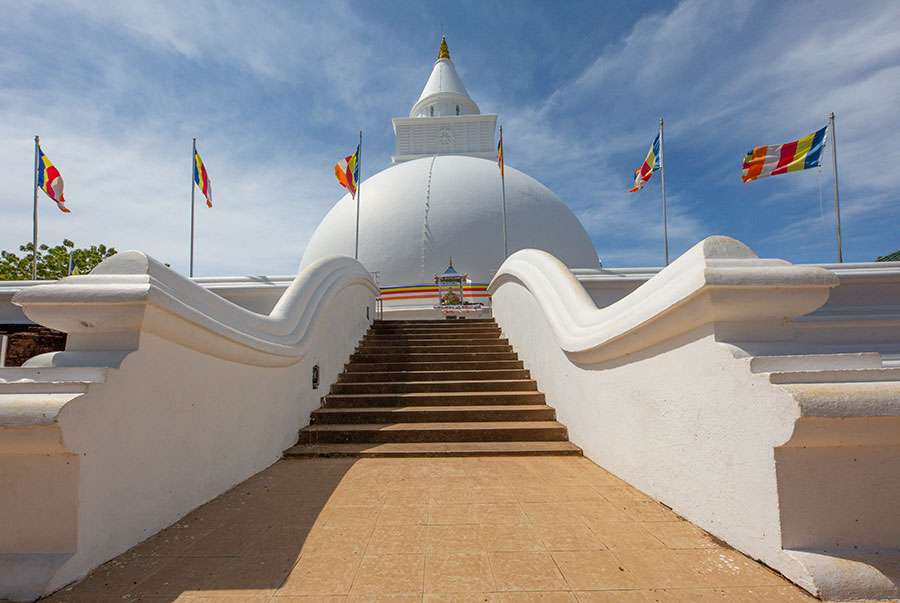
Religious Significance and Multicultural Harmony – Kataragama Temple
Kataragama Temple stands as a symbol of religious coexistence and harmony. It is a revered pilgrimage site for Buddhists, Hindus, and devotees of indigenous beliefs. This convergence of faiths highlights the unity that can emerge from diversity.
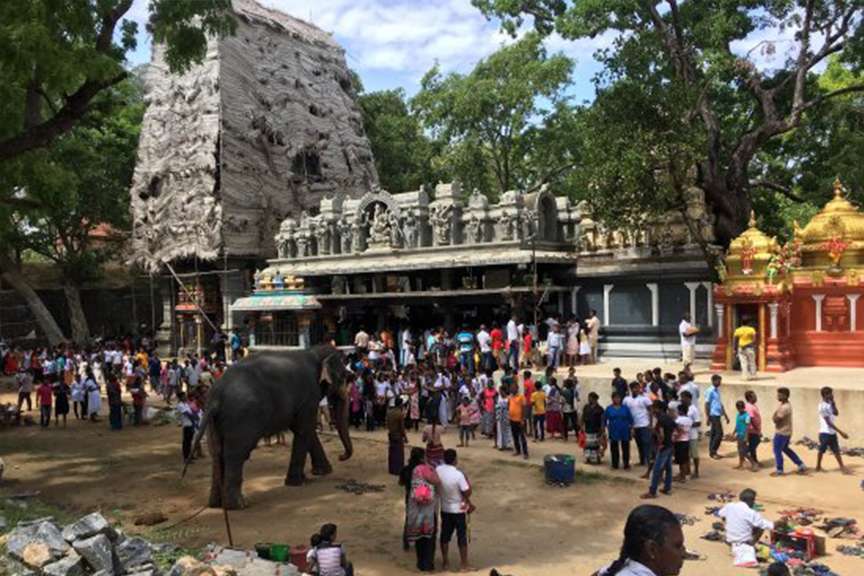
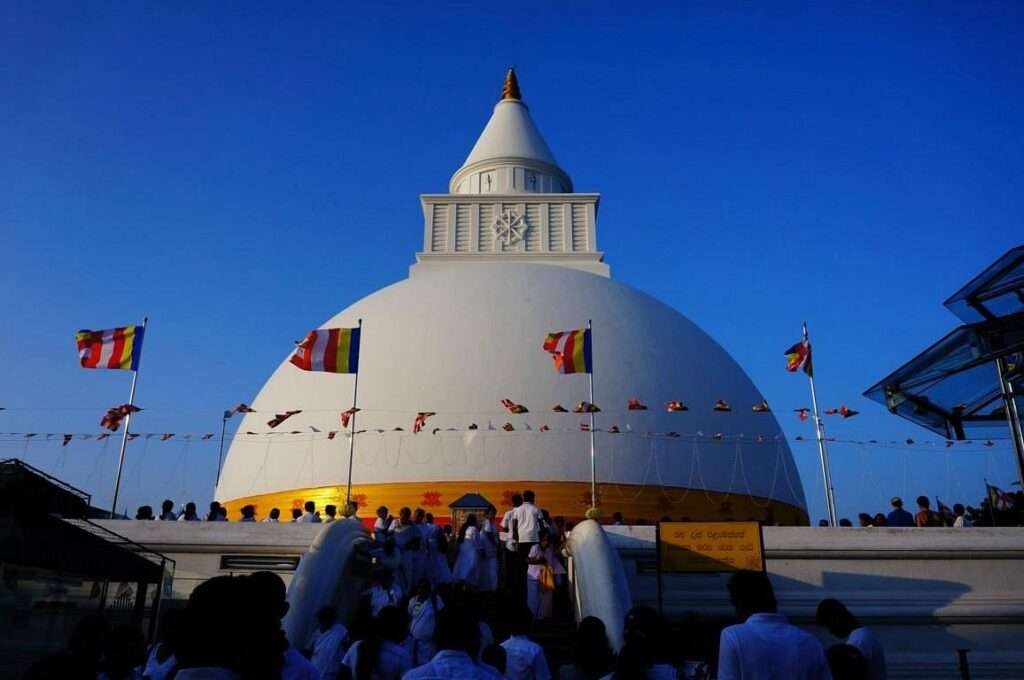
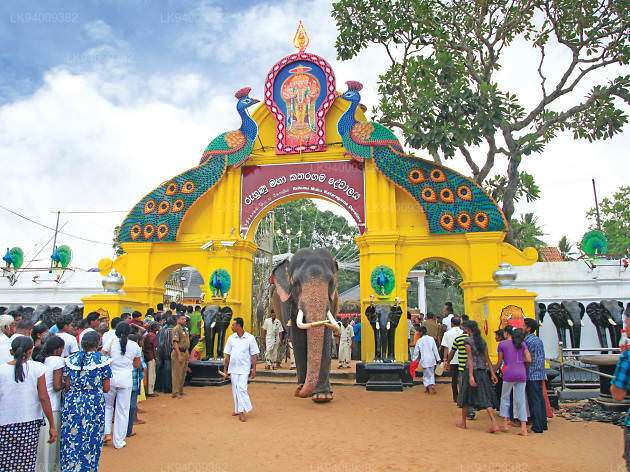
The Annual Esala Festival: A Grand Celebration
One of the most vibrant events held at the temple is the annual Esala Festival. This grand celebration brings together thousands of devotees in a procession, showcasing elaborate rituals, traditional music, and captivating dance performances.
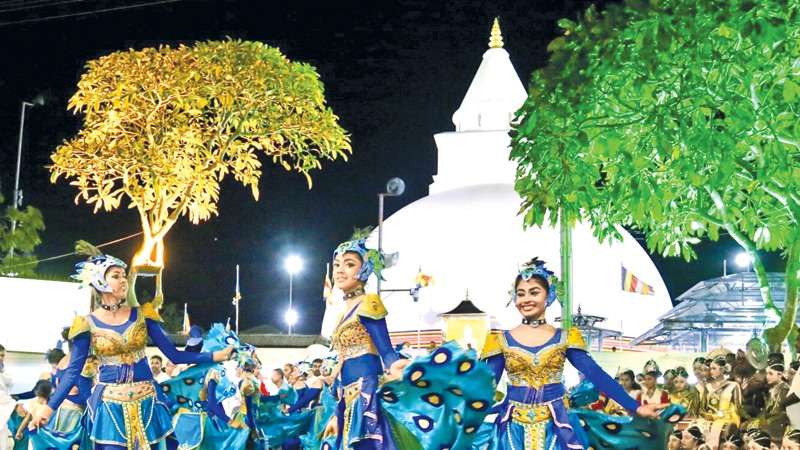


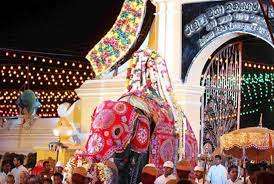
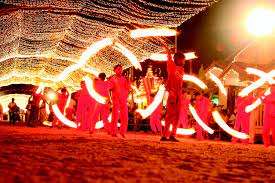


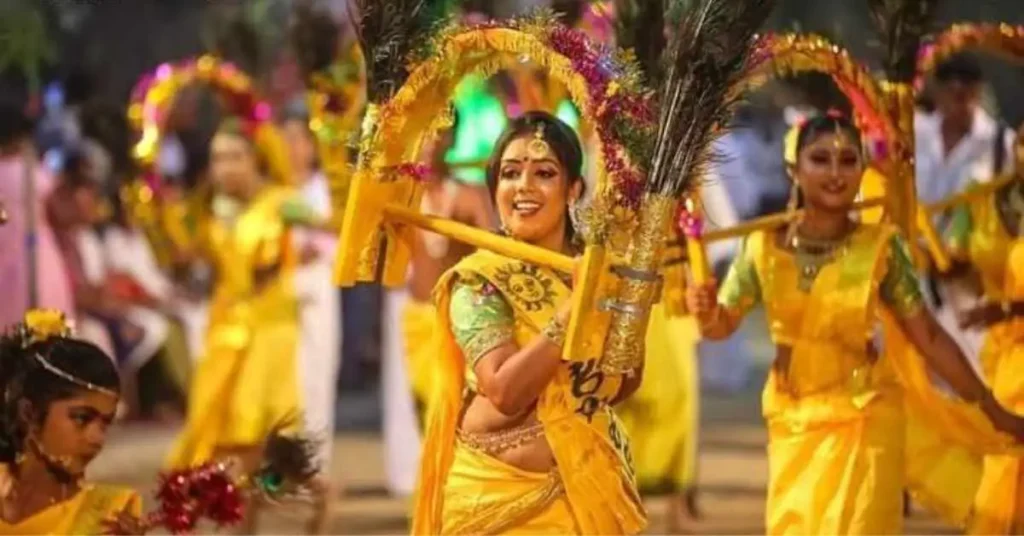
Legends and Myths: Stories of Lord Kataragama
The temple is associated with Lord Kataragama, a revered deity known for his role as a guardian and protector. Intriguing myths and legends surround him, adding an air of mystique to the temple’s ambiance.
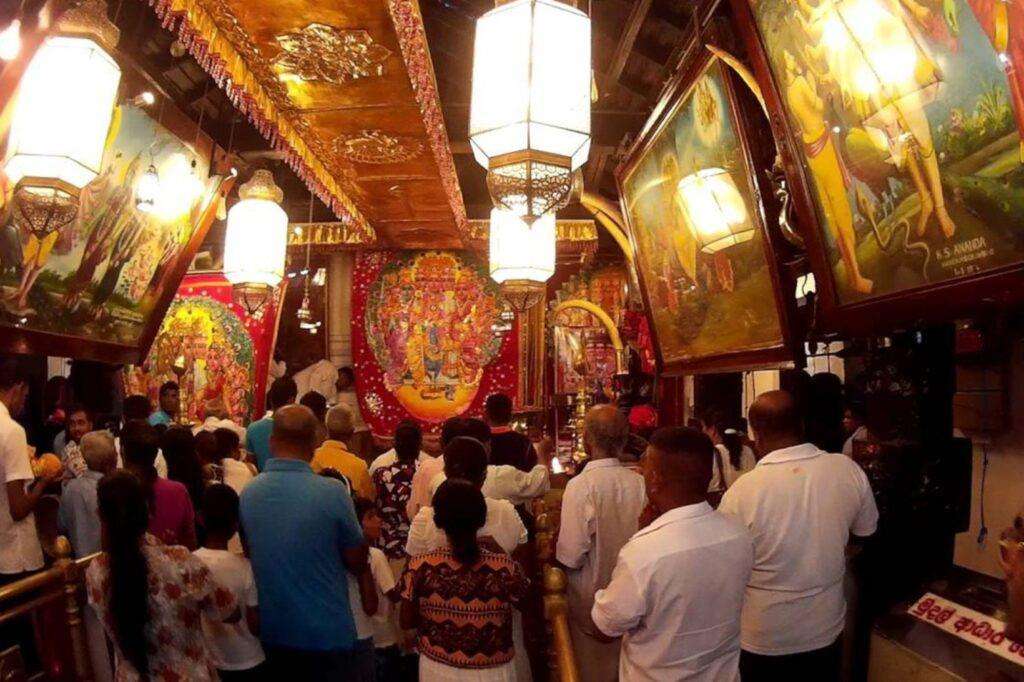
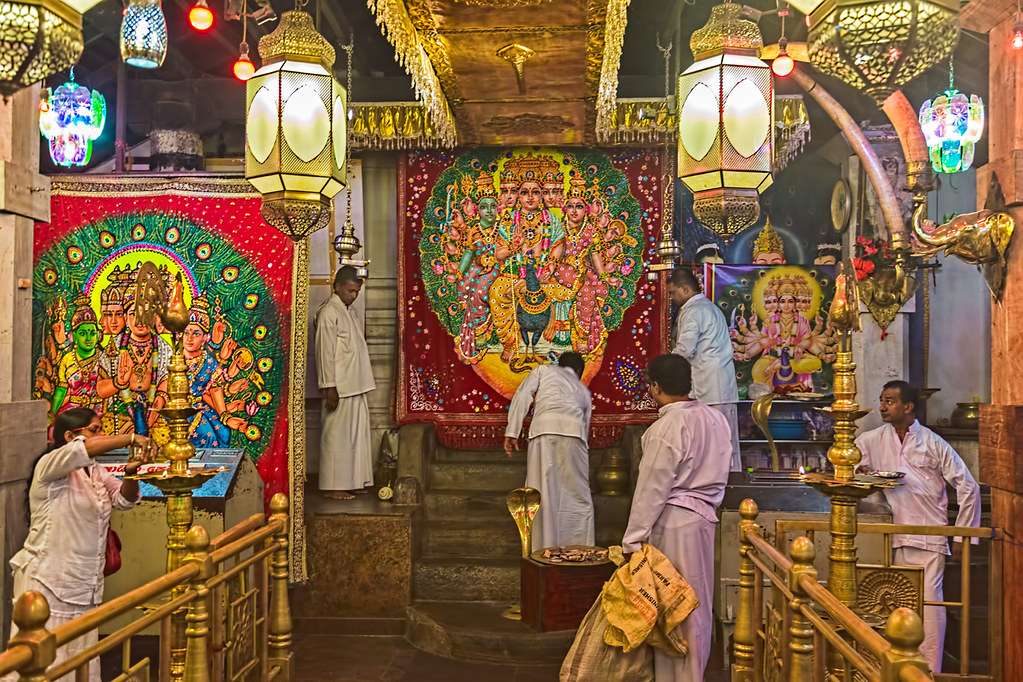
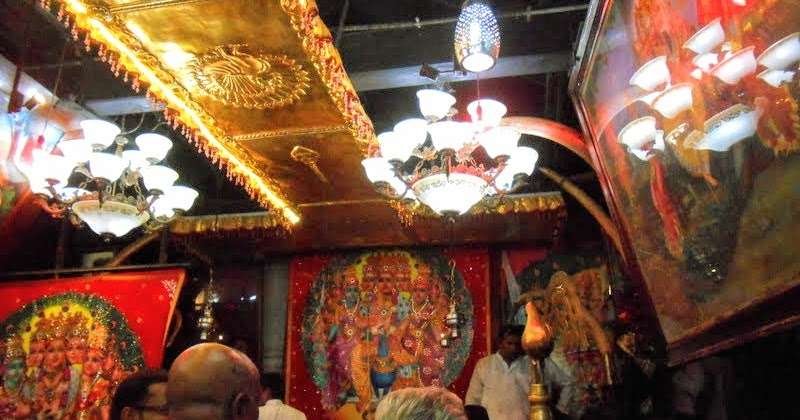
Rituals and Worship Practices
Devotees partake in a variety of rituals and worship practices at the temple. From lighting oil lamps to offering fruits and flowers, these acts of devotion foster a deep spiritual connection with the divine.

The Divine Complex: Structures Within the Temple Grounds – Kataragama Temple
The temple complex houses various structures, each dedicated to different deities and purposes. These include shrines, meditation chambers, and bathing areas that provide pilgrims with a holistic spiritual experience.


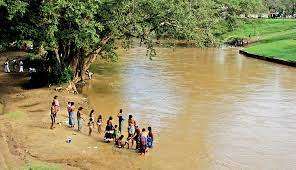


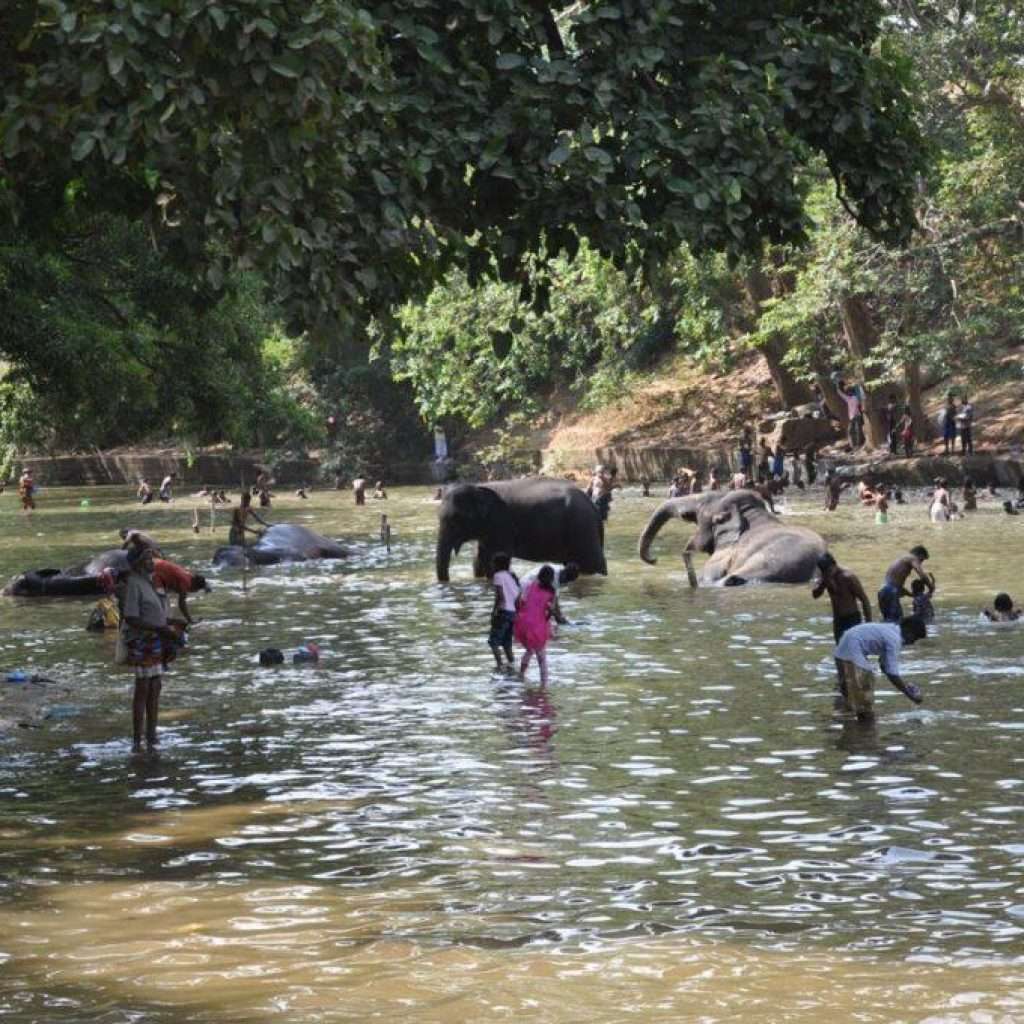
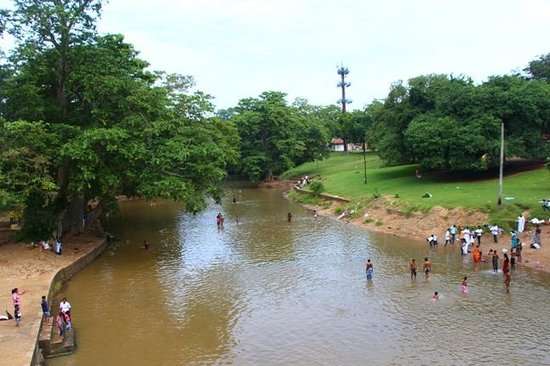
Spiritual Healing and Miracles
Many believe in the temple’s power to heal ailments and provide protection. Devotees share anecdotes of miraculous recoveries and divine interventions, adding to the temple’s reputation as a sacred haven.
Kataragama Temple and Ecotourism
Beyond its religious significance, Kataragama Temple is situated in a region of ecological importance. Its proximity to wildlife reserves and lush landscapes makes it a focal point for eco-conscious travelers seeking both spiritual solace and natural beauty.
Preservation Efforts and Modern Challenges
Preserving the historical and cultural integrity of the temple faces modern challenges. Conservation efforts strive to maintain the temple’s authenticity while addressing the impact of tourism and urbanization.
Visitor’s Guide: Experiencing the Temple Firsthand
For those eager to experience the temple’s allure in person, this section offers a practical guide, from transportation options to respectful behavior within the temple grounds.
Cultural Impact and Influence
Kataragama Temple’s influence extends beyond its spiritual significance. It has played a pivotal role in shaping local culture, influencing art, music, and festivals that celebrate the island’s heritage.
Kataragama: Beyond the Temple Walls
Venture beyond the temple to explore the surrounding region, where vibrant markets, local cuisine, and traditional craftsmanship offer a glimpse into the everyday lives of the people who call this land home.
Conclusion
The Kataragama Temple stands as a bridge between history and spirituality, a testament to the enduring power of faith and cultural diversity. Its enchanting aura continues to draw pilgrims and wanderers alike, inviting them to partake in its rich tapestry of rituals, stories, and traditions.
FAQs
- How old is Kataragama Temple? The temple’s origins date back centuries, making it a repository of ancient heritage.
- Can non-devotees visit the temple? Yes, the temple welcomes visitors of all backgrounds to explore its cultural and spiritual treasures.
- What is the significance of the Esala Festival? The Esala Festival is a vibrant celebration of rituals and processions honoring Lord Kataragama.
- Are there any accommodations near the temple? Yes, there are various lodgings catering to different budgets available in the vicinity.
- How do I reach Kataragama Temple? The temple is accessible by road and offers transportation options from major cities.
